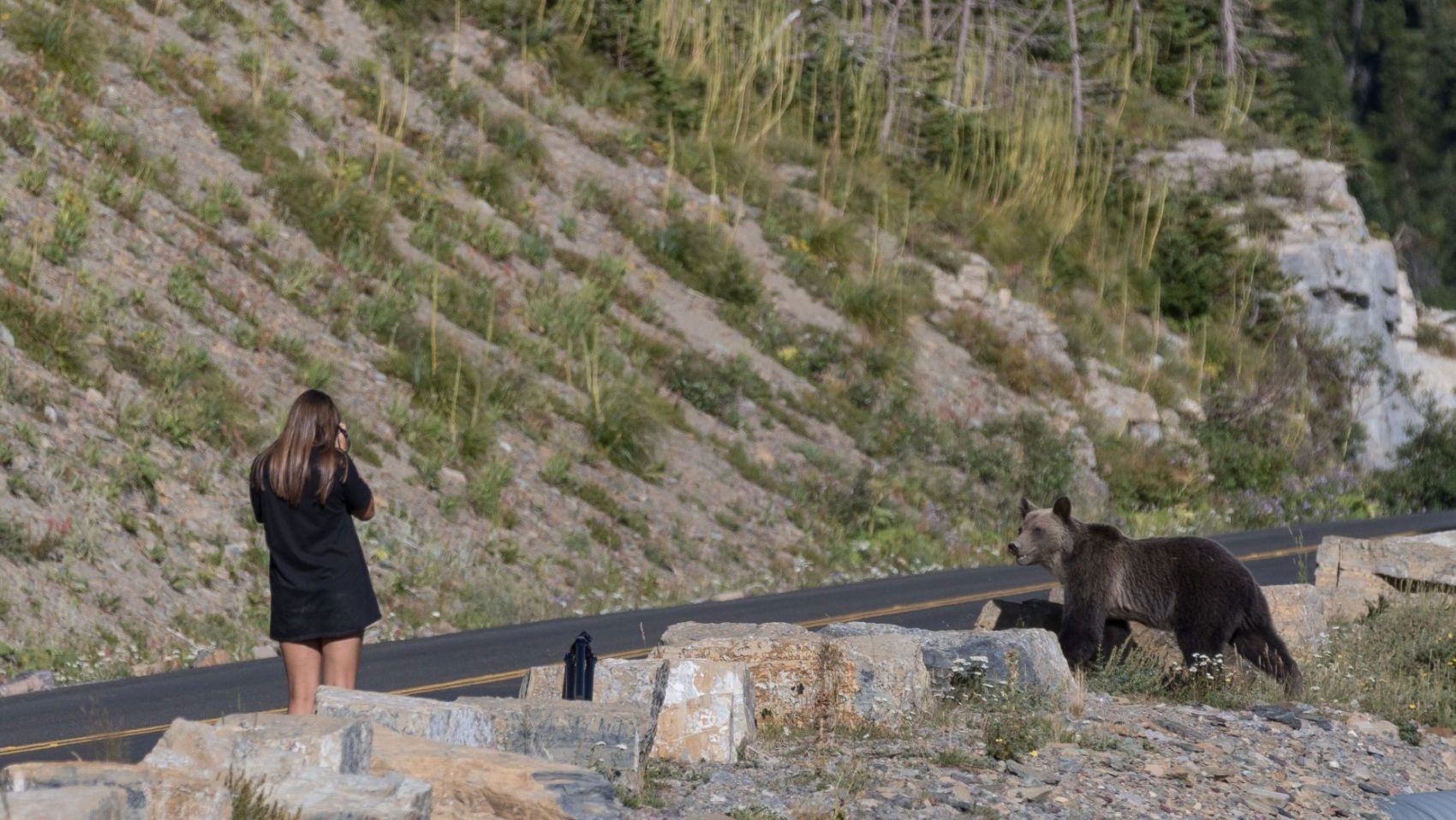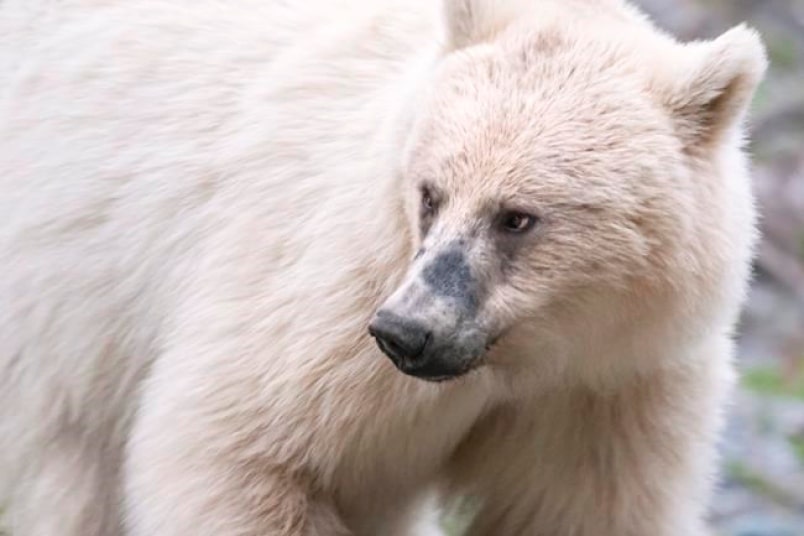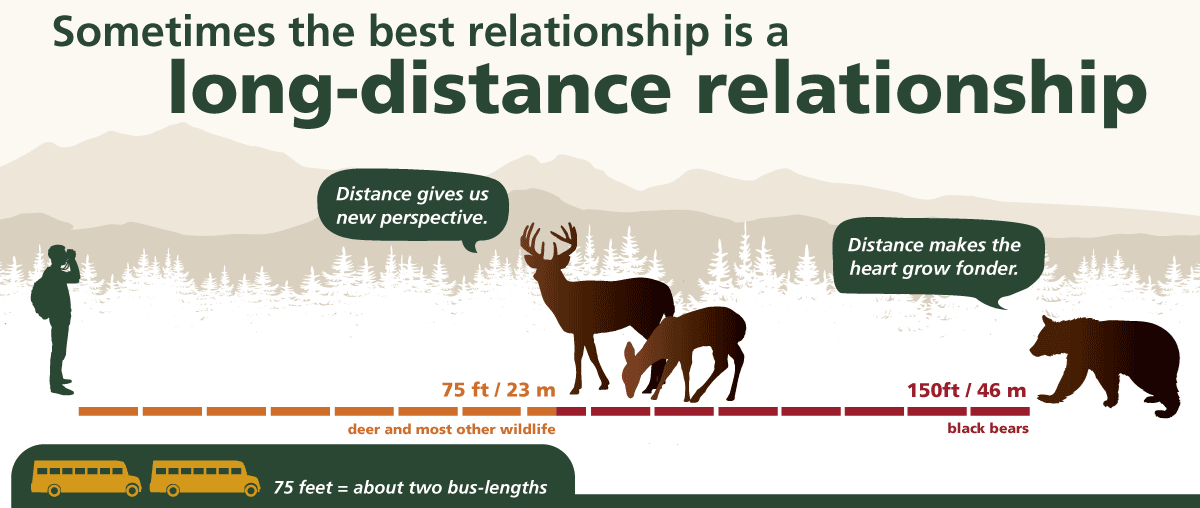
There is now a section of the Trans-Canada Highway that has a no-stopping zone in order to protect bears feeding along the roadway. The 10 km stretch of road runs from the Alberta-British Columbia border to the town of Fields, BC. It is in place to ensure that the bears have room to feed along the road without motorists stopping to take photos and potentially get too close to the bears.
The closure began after drivers spotted a white bear feeding along the roadway causing traffic jams as they took pictures. The bear was spotted earlier in the spring in Banff National Park and has since moved west into Yoho National Park. Similar measures have also been put in place in Jasper National Park. These safety measures will be in place until at least July 9th in order to protect the bears, as well as unsuspecting tourists trying to get a close-range picture.
- Related: Woman Attacked by Grizzly Bear in Yellowstone’s First Bear Attack of 2020
- Related: Woman Knocked Down and Injured by Bison in Yellowstone National Park
- Related: First Grizzly Bear sighting of 2020 in Yellowstone National Park
The white bear is believed to be about 3 1/2 years old. It also has several brown-colored siblings that have been feeding next to the highway along with several other bears. Penalties for stopping to view the bears could run you $115 ticket, a mandatory court appearance, or up to a $25,000 fine.

While these restrictions are in place to protect wildlife, it is also important to remember that you should always stay a safe distance when viewing any wild animal. In Yellowstone National Park, as well as other parks in North America where bear sightings are high, people tend to get too close to wildlife. The animals then protect themselves and their offspring, which usually results in the humans getting injured. To date, there have been 44 grizzly bear attacks in Yellowstone National Park since they started keeping track in 1979. Anytime we visit a national park it is imperative to remember that the humans are the visitors because the animals will always remind you in the end that they are in fact wild.
